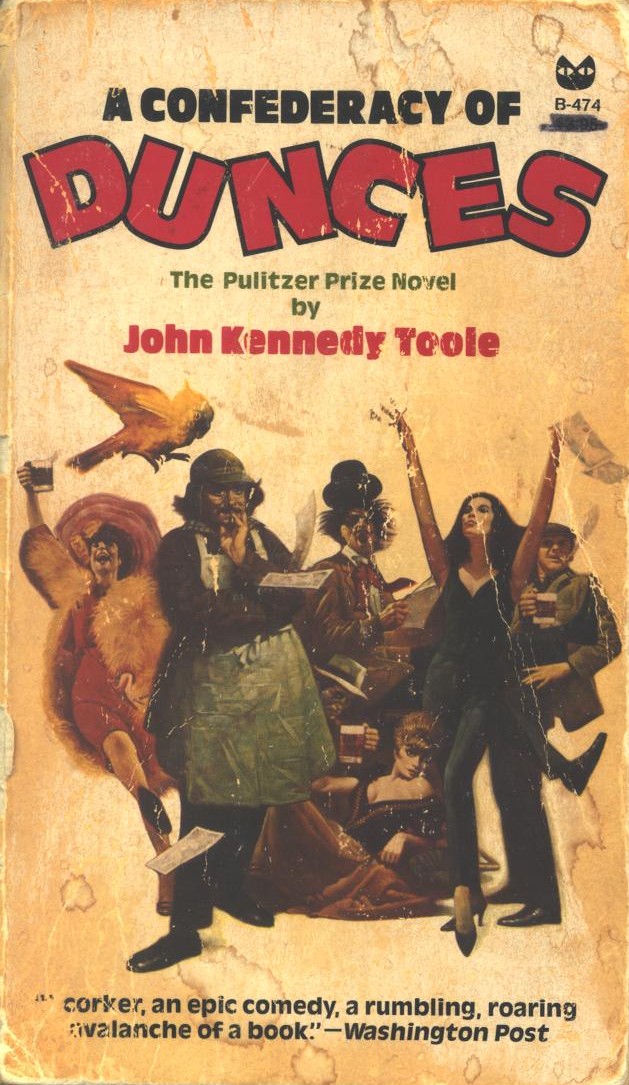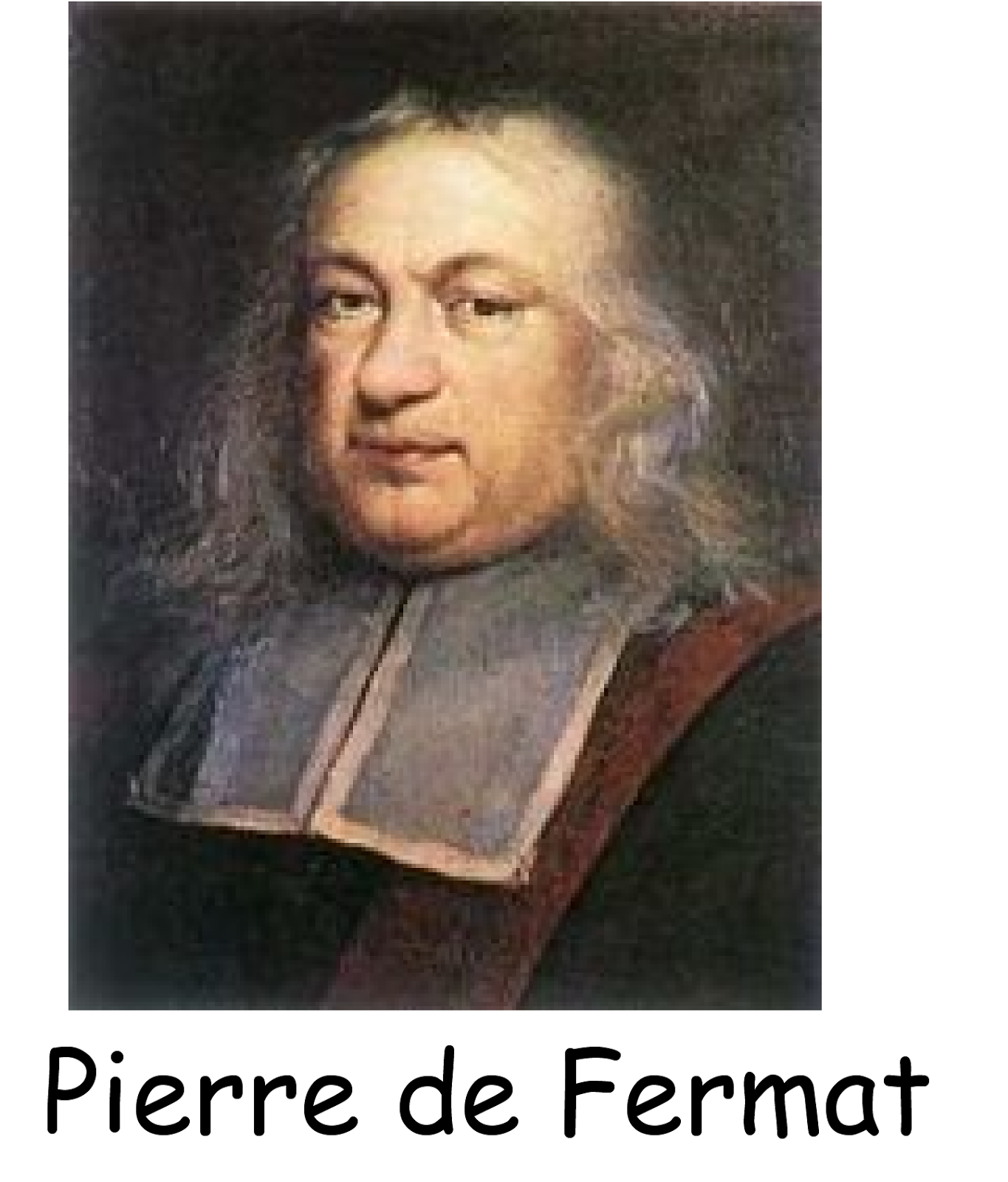A proof of Fermat's Last Theorem had eluded mathematicians since the 17th century, until Andrew Wiles had a remarkable breakthrough in 1994. Fermat's last theorem: Fermats last theorem, statement that there are no natural numbers (1, 2, 3, ) x, y, and z such that xn yn zn for n greater than 2. Introduction Fermats Last Theorem Fermats Last Theorem states that the equation x nyn z, xyz6 0 has no integer solutions when nis greater than or equal to 3. Ken Ribet a key player in the solution to Fermat's Last Theorem gives a taste of how real mathematics is done piece by piece and by human beings. More Fermat's Last Theorem is a popular science book (1997) by Simon Singh. It tells the story of the search for a proof of Fermat's last theorem, first conjectured by Pierre de Fermat in 1637, and explores how many mathematicians such as variste Galois had tried and failed to provide a proof for the theorem. I 1996 lavede John Lynch og Simon Singh for BBC dokumentarfilmen Fermat's Last Theorem, The TV Documentary om Fermats sidste stning til serien Horizon. Filmen indeholdt 50 minutters samtale mellem matematikere og modtog ros fra kritikerne. At last, Fermat's conjecture had become a Theorem! Presentation Suggestions: Students often find it amazing that such a great unsolved problem in mathematics can be so simply stated. Buy Fermat's Last Theorem: Unlocking the Secret of an Ancient Mathematical Problem on Amazon. com FREE SHIPPING on qualified orders Fermat's Last Tango was inspired by the achievements of Princeton University Mathematics Professor Andrew Wiles, who in June 1993 presented a proof to the theorem first set forth by French See full summary. JULY 1995 NOTICES OF THE AMS 743 The Proof of Fermats Last Theorem by R. Wiles Gerd Faltings T he proof of the conjecture mentioned in the title was finally completed in Septem Fermat's Last Theorem Kindle edition by Simon Singh. Download it once and read it on your Kindle device, PC, phones or tablets. Use features like bookmarks, note taking and highlighting while reading Fermat's Last Theorem. The purpose of this blog is to present the story behind Fermat's Last Theorem and Wiles' proof in a way accessible to the mathematical amateur. Simon Singh on Fermat's Last Theorem. Simpsons book: Fermat book: More links stuff in full description below. En teora de nmeros, el ltimo teorema de Fermat, o teorema de FermatWiles, es uno de los teoremas ms famosos en la historia de la matemtica. Utilizando la notacin moderna, se puede enunciar de la siguiente manera. Fermat's Last Theorem has 20, 892 ratings and 888 reviews. David said: Simon Singh has the ability to present a story about a mathematics problem, and tel The Solving of Fermats Last Theorem Karl Rubin Edward and Vivian Thorp Professor of Mathematics 1 1 1 1 1 March 20, 2007 Physical Sciences Breakfast Lecture Buy Fermat's Last Theorem: The Story Of A Riddle That Confounded The World's Greatest Minds For 358 Years New Ed by Simon Singh (ISBN: ) from Amazon's Book Store. Everyday low prices and free delivery on eligible orders. Fermat's Last Theorem (FLT), a significant hypothesis in number theory, was first stated by Pierre de Fermat, a 17thCentury laywer and amateur mathematician. Fermat's Last Theorem was until recently the most famous unsolved problem in mathematics. In the mid17th century Pierre de Fermat wrote that no value of n greater than 2 could satisfy the. Fermat's Last Theorem is a more general form of the equation: . (This comes from the Pythagorean theorem). A special case is when a, b, and c are whole numbers. To make sense of Fermat's Last Theorem, and Andrew Wiles's solution, you must confront prime numbers, negative numbers, irrational numbers, imaginary numbers and friendly numbers. Feynman concluded: for my money Fermats theorem is true. This is of course not very formal from a mathematical standpoint and is far from the real 110 pages long proof of FLT that took A. Wiles years to put together, notwithstanding its a really good example of Feynmans scientific approach and genius. Fermat's Last Theorem has 1, 303 ratings and 72 reviews. Mare said: It is an interesting and simple explanation of the complexity of proving one simple. Fermat's last theorem was an algebraic problem proposed by the French mathematician Pierre de Fermat some eight hundred years before the late 24th century. Following his death, a mathematical formula was found scrawled in the margin of his notes, xn yn zn, where n is greater than 2, which Is There a Simple Proof of Fermats Last Theorem? Part (1) 3 to his theorem, there would have been no need for him to study specific cases. Watch videoWatch BBC Horizon 1996 Fermat's Last Theorem by Barbu George on Dailymotion here Fermat's last theorem is a theorem first proposed by Fermat in the form of a note scribbled in the margin of his copy of the ancient Greek text Arithmetica by Diophantus. The scribbled note was discovered posthumously, and the original is now lost. However, a copy was preserved in a book published. Fermats Last Theorem is the most notorious problem in the history of mathematics and surrounding it is one of the greatest stories imaginable. It dominated my own life for four years, because I made a TV documentary, wrote a book and then lectured on the subject. Fermat's last theorem surely was mathematics' most celebrated and notorious open problem. Its investigation sparked fundamental advances in the mathematical sciences. (That is, to split a cube into two cubes, or a fourth (biquadratic) power into two fourth powers, or indeed any higher power unto. THE PROOF OF FERMATS LAST THEOREM Spring 2003. This book will describe the recent proof of Fermats Last Theorem by Andrew Wiles, aided by Richard Taylor, for graduate students and faculty with a reasonably broad background in algebra. It is hard to give precise prerequisites but a rst course Welcome to the Prime Glossary: a collection of definitions, information and facts all related to prime numbers. This pages contains the entry titled 'Fermat's last theorem. Fermat's theorem: Fermats theorem, in number theory, the statement, first given in 1640 by French mathematician Pierre de Fermat, that for any prime number p and any integer a such that p does not divide a (the pair are relatively prime), p divides exactly into ap. Considered a mathematical mystery for hundreds of years, watch this video lesson to learn what Fermat's Last Theorem tells us and why Professor Andrew Wiles poses next to a version of Fermats equation in 1998. Photograph: Charles Rex ArbogastAP An Oxford professor who became obsessed with Fermats Last Theorem as a. Simon Singh is the author of Fermats Last Theorem, the first book about mathematics to become a No. Follow on Facebook Follow on Twitter Fermat's last theorem synonyms, Fermat's last theorem pronunciation, Fermat's last theorem translation, English dictionary definition of Fermat's last theorem. The theorem that the equation an bn cn has no solutions in positive integers a, b, c if n is an integer greater than 2. Today we think of Fermat as a number theorist, in fact as perhaps the most famous number theorist who ever lived. It is therefore surprising to find that Fermat was in fact a lawyer and only an amateur mathematician. Also surprising is the fact that he published only. It is called Fermat's Last Theorem because it was the last conjecture of his which needed to be provedand for the little that it matters, I agree with Dr. Wiles that the Judge Ferman could not have constructed a proof using the mathematics of his time. Andrew Wiles was born in Cambridge, England on April 11 1953. At the age of ten he began to attempt to prove Fermat's last theorem using textbook methods. This book has been translated by User: Adriano from the Italian L'ultimo teorema di Fermat. A printable version of Fermat's Last Theorem is available. ( edit it ) Fermats Last Theorem is the most notorious problem in the history of mathematics and surrounding it is one of the greatest stories imaginable. This section explains what the theorem is, who invented it and who eventually proved it. When finished, it will also tell the fascinating stories of the. Fermat's Last Theorem is the name of the statement in number theory that: It is impossible to separate any power higher than the second into two like powers. The easiest proof for Fermat's Last Theorem is the case n 4. The proof for n3 is a bit tricker. What is nice about this proof is that it arises quite naturally from the solution to Pythagorean Triples but it also proves Fermat's Theorem for all values n 2 where n is even if we can prove Fermat's Last Theorem for all values n 2 where n is odd. Difficult is in the eye of the besolver. Fermats Last Theorem (FLT) for exponent 3 is the statement that [matha3b3c3[math has no solutions in nonzero integers. Professor Who Solved Fermat's Last Theorem Wins Math's Abel Prize: The TwoWay The mathematics problem he solved had been lingering since 1637. Fermat's last theorem (also known as Fermat's conjecture, or Wiles' theorem) states that no three positive integers. (1995), Pierre de Fermat Andrew John Wiles Modular elliptic curves and Fermats Last Theorem By AndrewJohnWiles.











